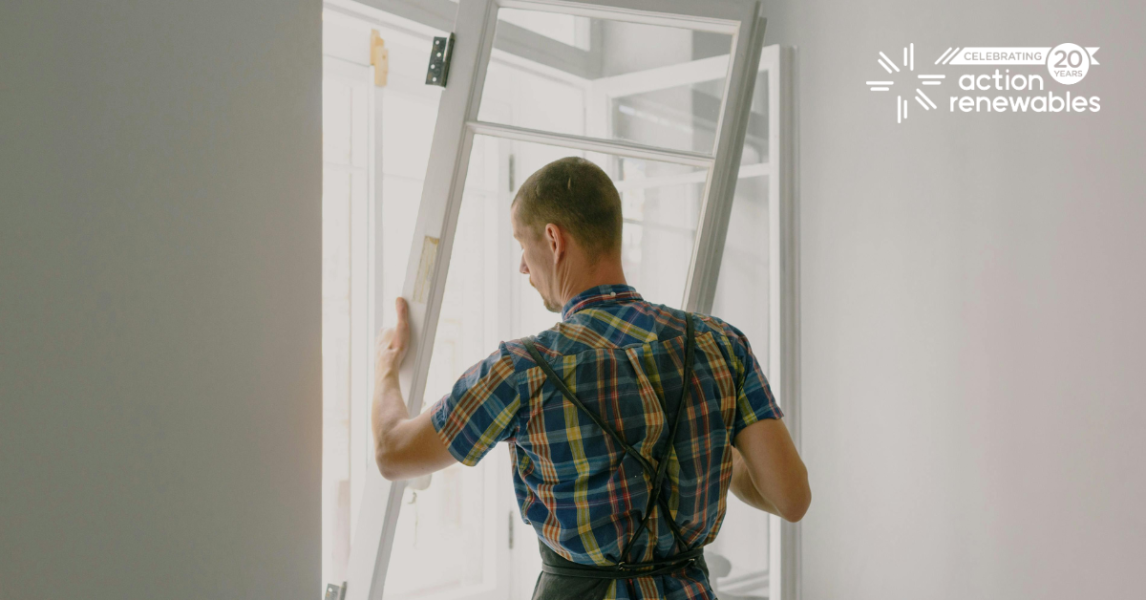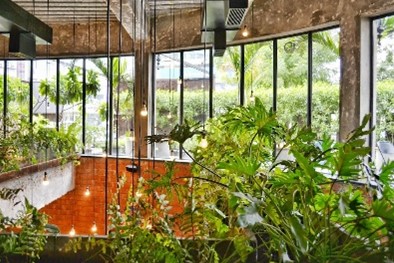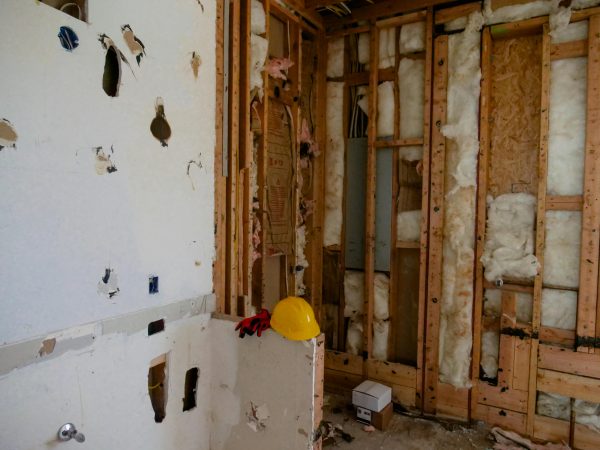
Building a Sustainable Future: Green building practices and their benefits
15/01/2025
Introduction to Green Building Practices
Green building practices use environmentally and sustainability-friendly resources throughout the building lifecycle. These eco-friendly practices maximise efficiency and minimise environmental and human health impacts by reducing waste, energy consumption and pollution.
Passive Measures in Green Building
Passive measures are integrated into the design by utilising natural elements like sunlight and wind patterns. Examples include:
- Natural Lighting: Using windows and skylights to reduce the need for artificial lighting.
- Insulation: Proper insulation to maintain indoor temperatures.
- Ventilation: Designing buildings to take advantage of natural airflow.

Active Measures in Green Building
Active measures involve using energy from electricity or renewable sources through smart building technologies. Examples include:
- Solar PV Panels: Generating electricity from sunlight.
- Heat Pumps: Efficient heating and cooling systems.
- Wind Turbines: Harnessing wind energy to generate electricity.


Case Study: Draught Proofing
Draught proofing is crucial for improving existing dwellings. Airtight windows and doors reduce heat loss and protect the building fabric. Factors affecting airtightness include:
- Installation quality
- Age and condition of materials
- Seals and glazing
Example: If your dwelling is 30 years old, has 20 double-glazed windows (20-22mm thickness) and four doors showing signs of age, the glazing seals may begin to fail, causing air leaks and condensation. Immediate attention is required to maintain thermal comfort and energy efficiency. If left unattended, significant heat losses will occur over winter months, resulting in costly energy heating bills. The best solution for this dwelling is to repair and replace the seals and/or windows as the have a lifespan of around 10 years.

Benefits of Retrofitting Airtightness Measures
Retrofitting airtightness measures, such as replacing windows and seals, are feasible and profitable. Benefits include:
- Reduced environmental footprint
- Lower energy bills
- Increased property value
Regular maintenance, like inspecting and cleaning seals, extends the lifespan of windows and maintains energy efficiency, making it a sustainable investment for homeowners.
Conclusion
By embracing green building practices, you create a more efficient, comfortable, eco-friendly home while benefiting the environment. Implementing passive and active measures not only reduces energy consumption and costs but also increases the property’s value. Start your sustainable journey today and make a positive impact on both your surroundings and your savings.
Contact the Action Renewables team for further support on 028 9072 7760.
Additional Reading:
The Latest Trends In Sustainable Building Practices UK | Astute Watford Builders
Building Air Tightness: Knowledge For Builders & Homeowners
References
A.Jonker, A. a. (2024, May 28). What is green building? Retrieved from IBM: https://www.ibm.com/think/topics/green-building
EcoMerchant . (2024, February 28). Building Air Tightness: Knowledge For UK Builders, Self-Builders And Homeowners. Retrieved from EcoMerchant : https://www.ecomerchant.co.uk/news/building-air-tightness-knowledge-for-uk-builders-self-builders-and-homeowners/
EDF. (2024, May 29). Types of renewable energy. Retrieved from EDF: https://www.edfenergy.com/energywise/renewable-energy-sources#footnote-solar-estimate
McCarron, B. (n.d.). Passive House ambitions progress in Northern Ireland. Retrieved from Sustainable Northern Ireland: https://www.sustainableni.org/blog/passive-house-ambitions-progress-northern-ireland
Unique Windows. (2021). How long should double glazing last? Retrieved from Unique Windows: https://www.uniquewindowslondon.co.uk/blog/how-long-does-double-glazing-last/#:~:text=Most%20manufacturers%20offer%20a%20guarantee%20of%20around%20ten
Author: Alyssa Morris

